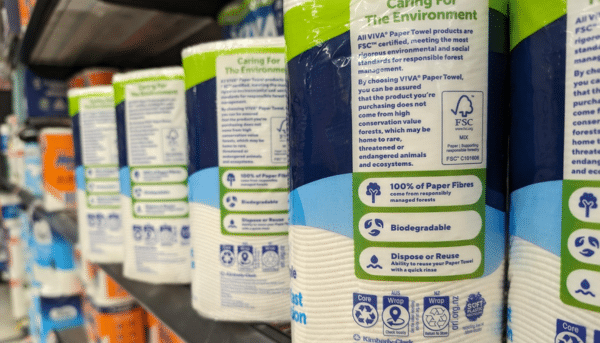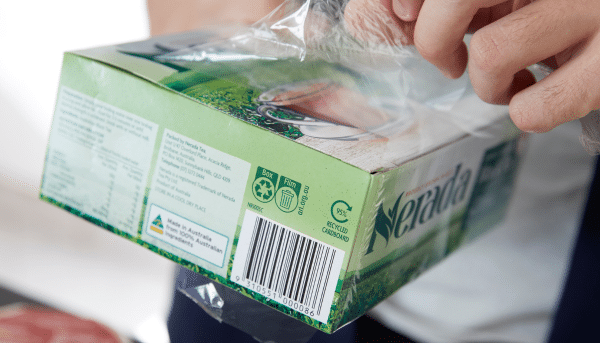Adapting to Change: How the Australasian Recycling Label (ARL) ensures accurate consumer recycling
The Australasian Recycling Label (ARL) is a packaging label for Australia and New Zealand, that provides consumers with easy-to-understand recycling information. It removes confusion and reduces contamination in recycling streams.
In Australia, the ARL program has been acknowledged in the National Waste Policy Action Plan and National Plastics Plan as a key action to improve consumer awareness and increase recycling rates. The New Zealand Ministry for Environment has also endorsed the ARL as the preferred labelling option in New Zealand.
How is recyclability determined?
Unlike other recycling labels, the ARL uses an evidence-based system which evaluates the packaging’s shape, weight, size, inks, adhesives, materials and more, simulating behaviour in the Australian and New Zealand recycling system.
In Australia, the program considers the availability of collection services by assessing how many people can recycle a piece of packaging through their council kerbside collection. Kerbside access levels are determined using data from local councils by our partners, Planet Ark:
- Widely Accepted: If over 80% of the population with kerbside recycling can recycle the item.
- Less Widely Accepted: If 60-80% of the population has access, consumers are encouraged to make informed disposal decisions based on local collection availability.
- Not-Recyclable: If less than 60% of the population with kerbside recycling can recycle the item.
In what ways is the ARL responding to shifts in Australia’s recycling landscape?
The ARL has recently introduced a Check Locally logo for soft plastic packaging, and other packaging material types that cannot be traditionally recycled via kerbside recycling bins. Designed as a logo that adapts to the nation’s recycling landscape, the Check Locally logo directs consumers to arl.org.au, where they can search for their packaging’s nearest recycling collection point.
As Australia’s soft plastic recycling capabilities are reinstated, the Check Locally logo has been introduced as a flexible tool which is able to reflect new collection processes as they come into effect.
The advantage of the Check Locally logo is that brand owners will not need to regularly update labels as the soft plastics recycling market evolves and changes, ensuring consumers have the most up-to-date recycling guidance.
The ARL’s Role in Reducing Contaminants in Recycling Streams
The ARL works by providing clear instructions on how to dispose of all parts of packaging. For example, the ARL might instruct consumers to “leave cap on,” ensuring that small items like caps do not get lost during the recycling process. By following these specific instructions, consumers can help maintain the integrity of recyclable materials, making the recycling process more efficient and effective. The ARL’s clear and concise labeling helps reduce confusion, encouraging more accurate sorting and disposal.
ARL in Action: Who’s Using It?
Over 1,000 organisations across Australia and New Zealand have joined the ARL program, with the label featured on over 500,000 SKUs. Today, the ARL is featured on 100% of SKUs across leading supermarkets such as Coles and Woolworths and is used by household names including The Arnott’s Group, Australia Post, David Jones and Country Road Group, Unilever, Pact Group, Simplot, Fonterra, Goodman Fielder, Officeworks, Spotlight, Nestlé, Blackmores, The Smith’s Snackfood Company, and Hanes Australasia.

The ARL’s Impact
The latest ARL Consumer Insights Report reveals that the ARL is a highly recognised and valued recycling label among consumers:
- Three in four Australians recognise and support the ARL on all packaging, while more than two-thirds find it easy to understand and say it increases their likelihood of recycling.
- When the ARL is used on-pack, the rate of correct disposal behaviour improves. To find out more about the ARL watch the video below or explore our website here.
-
Subscribe to NSW's biggest platform for waste, recycling and resource recovery
- SUBSCRIBE



